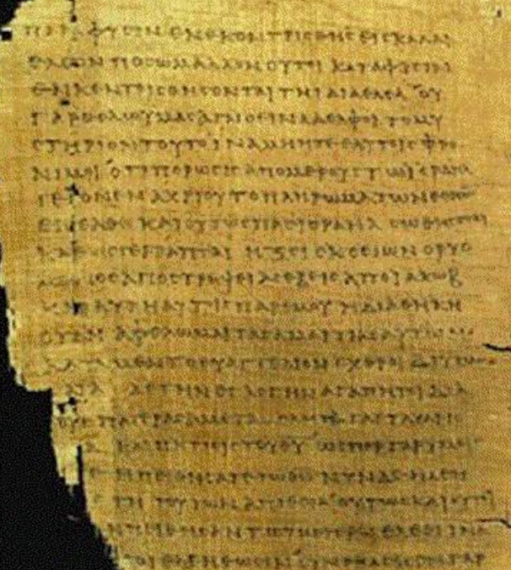Part Two: Criteria of Authenticity
Part two brings us to a discussion of how critical scholars understand the development of the bible.
Most would suggest that Paul’s letters are the earliest Christian material, usually pointing out that Paul contains no reference to when Jesus lived, the virgin birth, miracles stories or to bodily resurrection. The only source(s) that would be considered as possibly earlier than Paul would be what are called ‘saying gospels’. The theory is that these existed as collections of some of the common sentiments that Jesus communicated in His preaching. The most commonly referenced document is the “Q” gospel where “Q” stands for the German word “quelle” meaning source (Evans 55) (Geisler 618). This document is said to be a collection of sayings which was built upon by Matthew, Mark and Luke (Crossan, The Birth of Christianity 105). The gospel of Thomas is another document often claimed to be earlier than the canonical gospels and sometimes used as a source. More recently, J. D. Crossan has suggested that what he calls the cross gospel was another source that was used by Mark, then Matthew and Luke and finally John, which contained the passion narrative (Crossan 404).
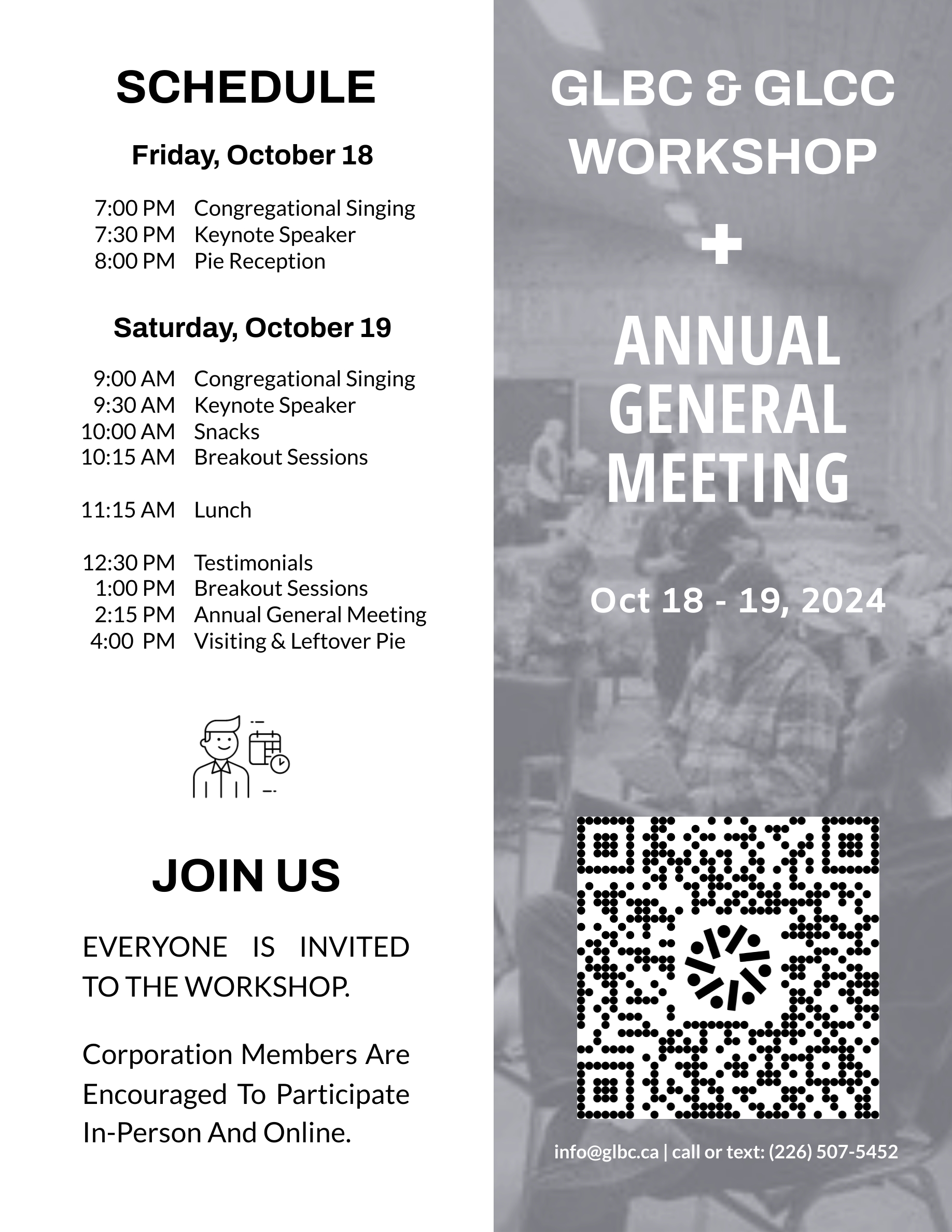

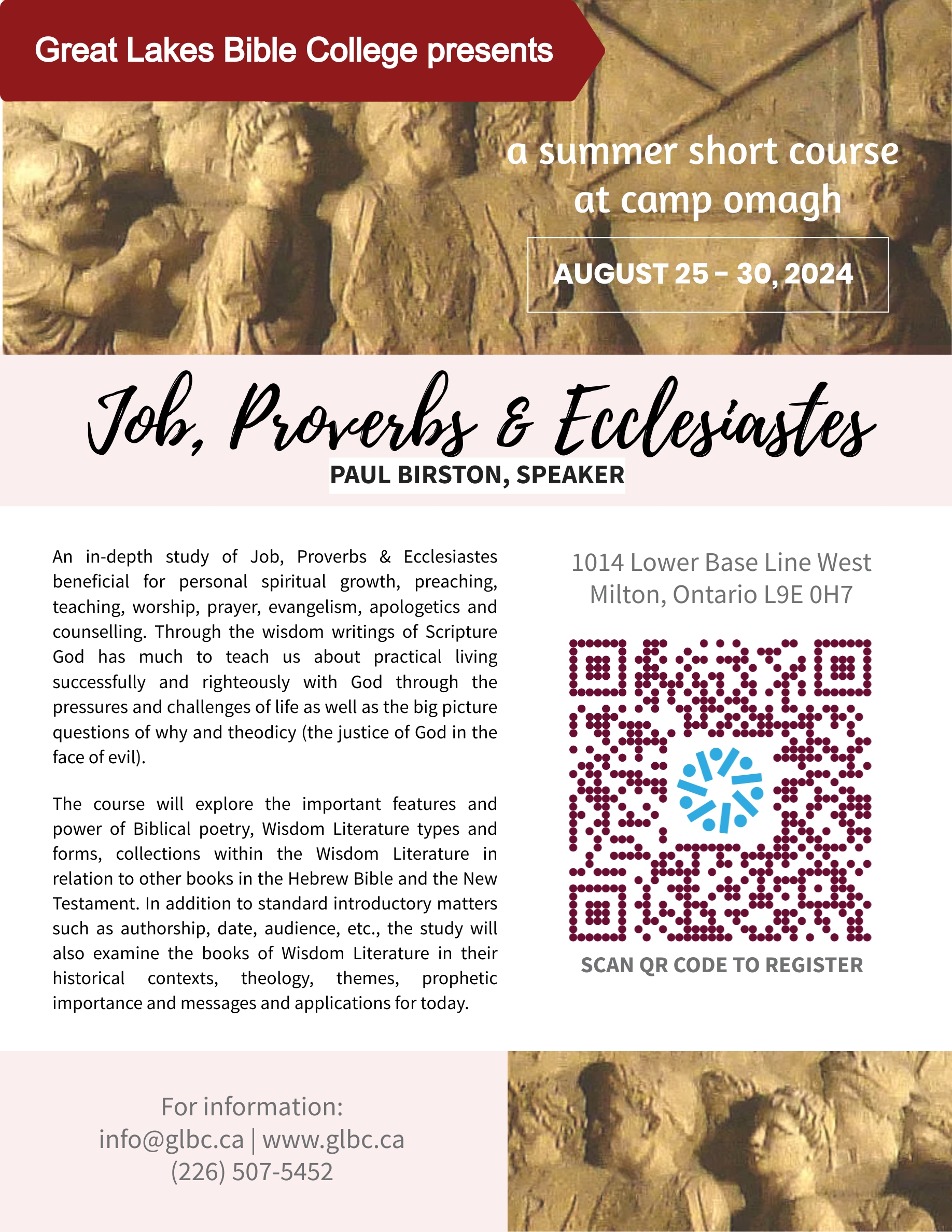

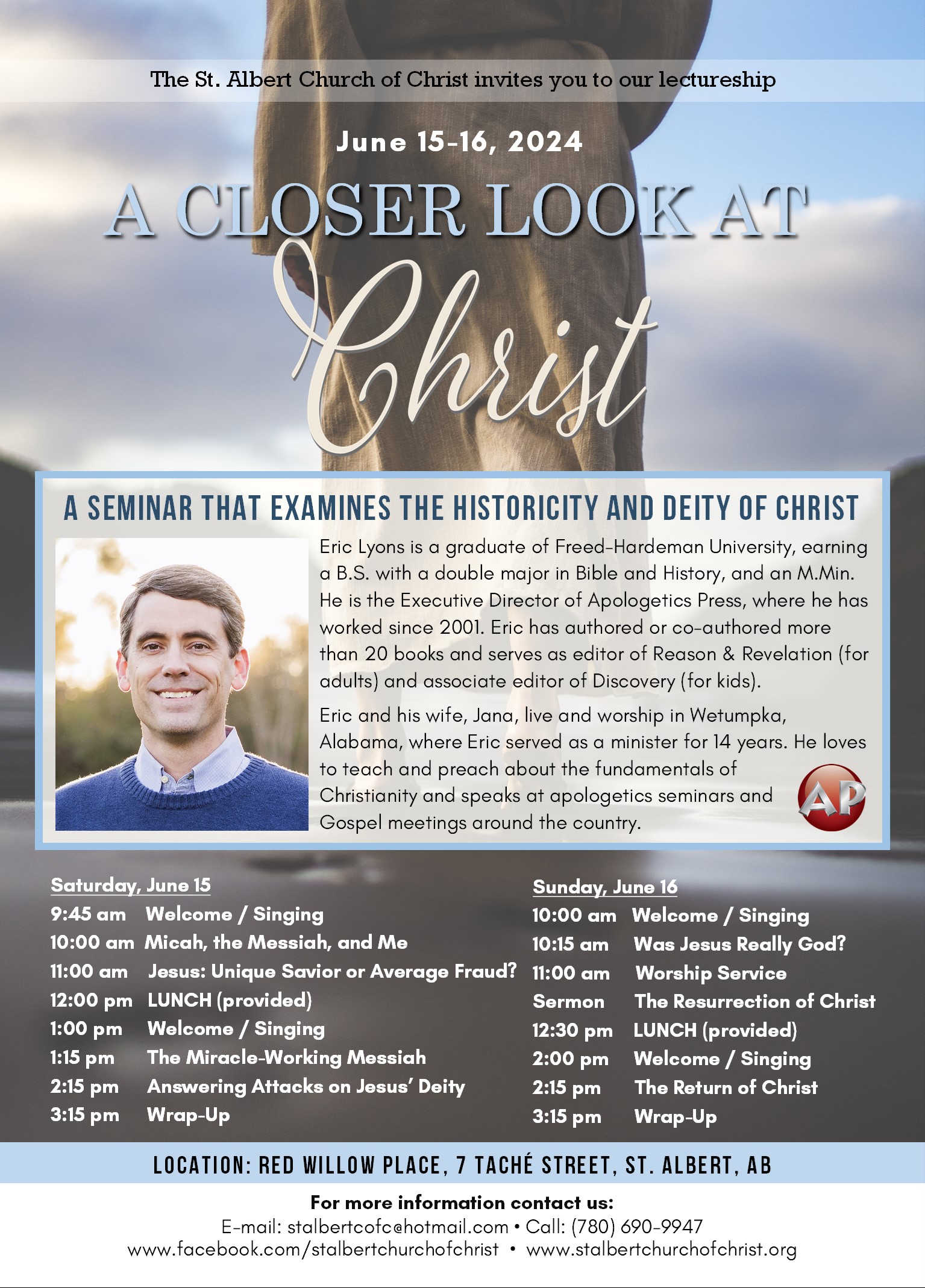

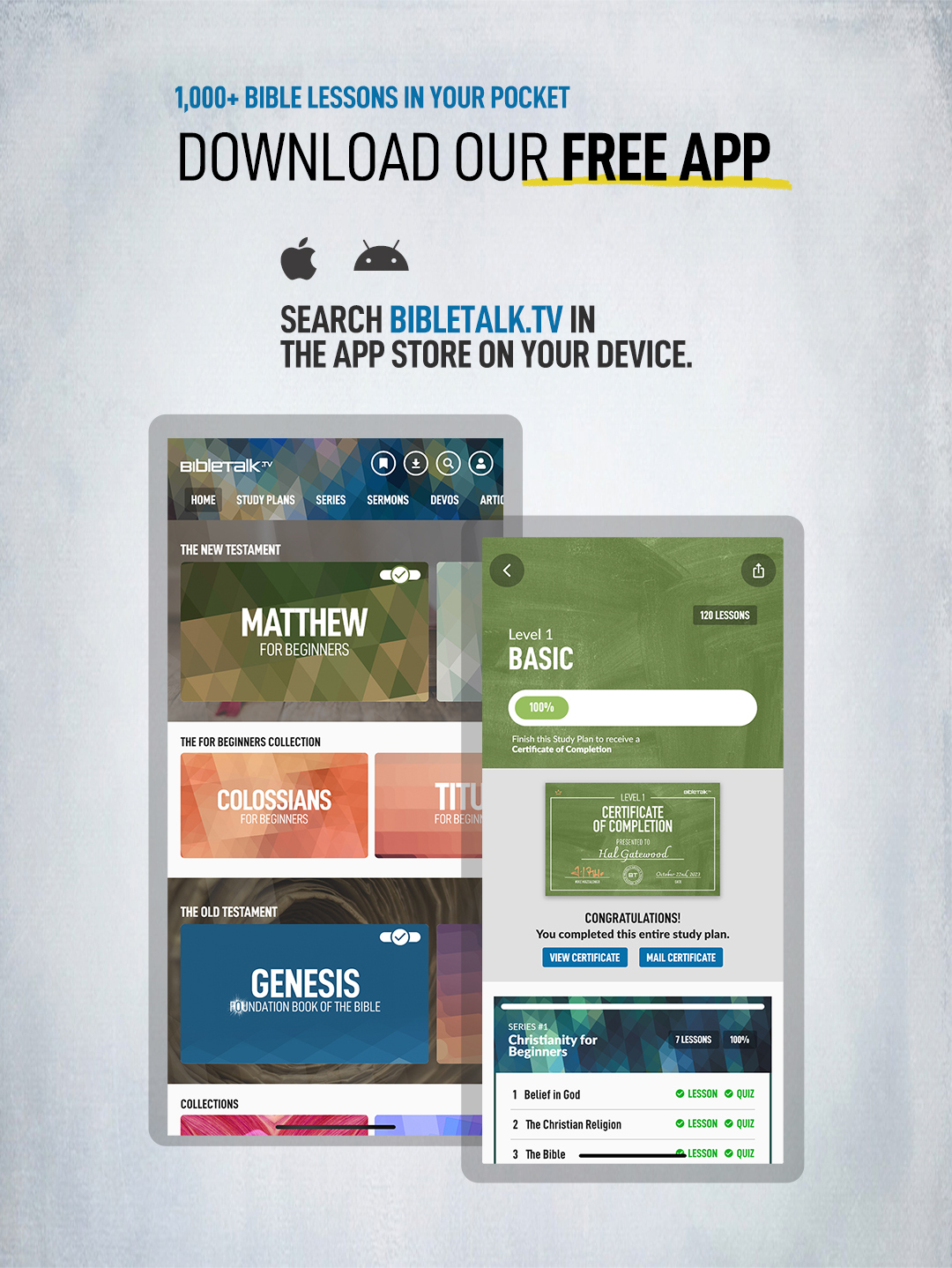

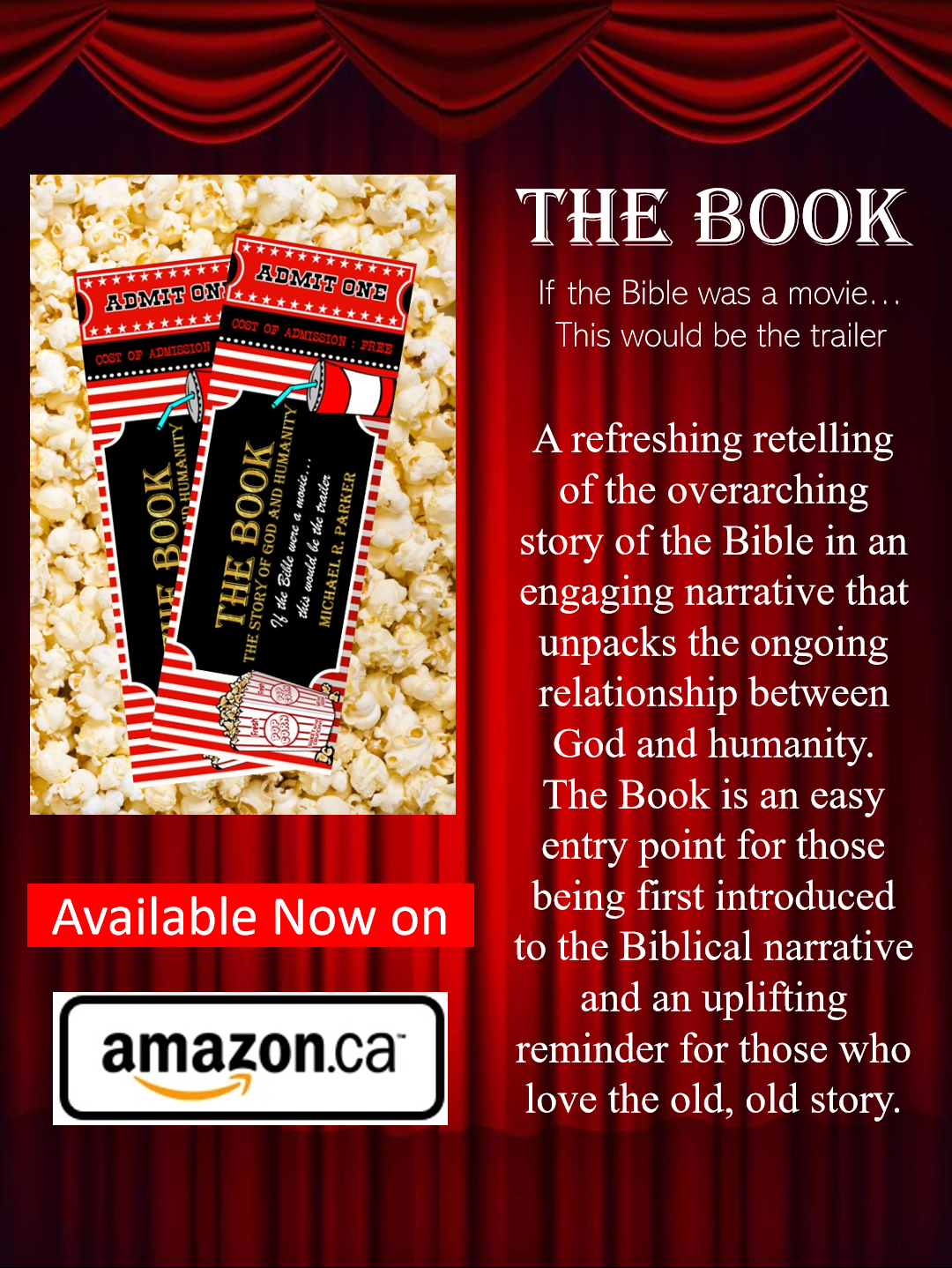
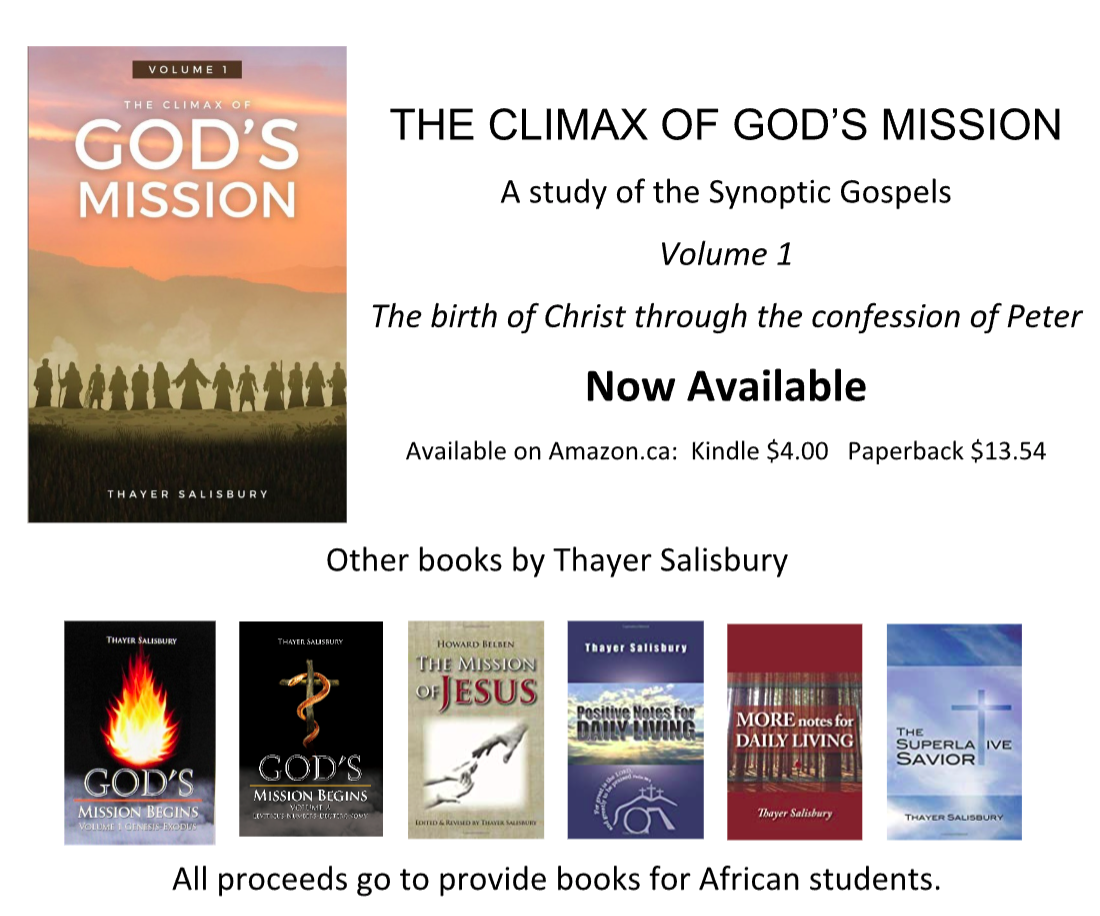



This multiple source theory suggests that these contain a core collection of accurate information about Jesus now preserved in the New Testament gospels. Much of what is there, however, is said to have been added by various authors for pragmatic reasons (Crossan, The Historical Jesus, 258). For example it is suggested that the Matthew 18:15-20 pericope was invented to deal with disputes between Christians in the early centuries. Mark 7:14-22 is another example, where Jesus talks about what defiles a man. It is argued that since the concept of all foods being clean didn’t become common in the Church until after Acts chapter ten, this passage must have been added after that time. In appendix 1 of by Crossan, he includes a list of sayings which he has marked with a + or – indicating whether or not a saying is original to Jesus or a later addition (Crossan, The Historical Jesus, 427). This kind of thinking is common among “second quest” scholars.
It should be noted that more recently a number of scholars have emphasised the Jewishness of Jesus. This emphasis among some scholars has been labelled a “third quest” (N. Wright 105). In general, those who accept the Jewish background of Jesus, try to place Him in that context and are less critical of the New Testament than those of the second quest.
It’s important to point out that not everyone divides historical Jesus research this way, many would still consider this part of the second quest. Before leaving the discussion of those who have undertaken to describe what Jesus was really like, an important note should be made. There have always been and continue to be scholars who argue and believe that the gospels are a reliable and accurate source of information about Jesus.
Those who come to the scriptures with the assumption that they are not an accurate or reliable source of information about Jesus, must then invent some method of separating fact from fiction. This has led those engaged in the search of the “historical Jesus” to develop certain criteria which they use to test the reliability of a particular passage or event.
Now it should be pointed out, that it is a valid exercise to apply criteria and reason to what we believe. We do this all the time when faced with a claim that seems unlikely or is for some other reason hard to believe. When this happens we also use certain criteria to test the trustworthiness of that claim. We might ask:
- who saw it happen?
- Are there some observable historical results of this claim?
- Is there a corroborating record somewhere of what happened?
Therefore it is not out of place to apply this kind of thinking to scriptures. The historical reliability of the Bible is one of the key things that separate it from other so called holy books. But having said that, there is both a right way and a wrong way to examine evidence. The right way is proceed with an open mind that is willing to go where the evidence leads. The wrong way is to start with preconceived notions about what happened or with an unwillingness to accept the results of the examination.
The criteria used to establish the historicity of an action or saying of Jesus are called “criteria of authenticity”. Craig Evans identifies six of these while also pointing out that he is aware of over twenty five that have been used or proposed by various scholars (Evans 48). Joel Willitts created a chart of criteria based on John Meier’s work which has five. (80). Stanley Porter lists five criteria, which he says, “have figured most prominently through the twentieth century till today” (100). When evaluating these lists and comparing them, a few commonalities become apparent. A general consensus emerges as to the most important criteria of authenticity which are as follows:
- Historical Coherence: This criterion considers the known facts and uses them to establish a base line. It is generally accepted that Jesus attracted a following; that he drew negative attention from authorities, was executed and then proclaimed as Messiah and Son of God (Habermas 224-225). If some suggestion is made about a saying or act of Jesus that doesn’t fit with these, then its authenticity is questioned.
- Embarrassment: This criterion deals with material in the gospels which would be embarrassing or inconvenient to the early church. These would not have been invented and so must be historical.
- Multiple attestation: The question asked here is, how many sources are there for a certain saying or event. In other words, how many times and or how many places does the same story or event appear? The more it is found the more likely it is to be historical. There is considerable discussion about what constitutes a source.
- Semitic Language Phenomenon: This criterion expresses the expectation that the sayings and activities of Jesus should reflect the language that He spoke and the culture in which he lived.
- General Coherence: This criterion considers the overview of Jesus material and asks, does a saying or passage fit or agree with other material whose historicity has already been established?
- Double dissimilarity: This criterion holds that material that is not consistent with early Christianity or ancient Judaism must have been original with Jesus. This is because neither of the aforementioned groups is likely to have invented a saying of Jesus that they would disagree with.
It is important to note that these criteria may yield very different results depending on the framework in which they are applied. Therefore, we need to ask – what is the appropriate framework? Should one come to scripture saying that only those portions which pass all the criteria are actually from Jesus? Or should these criteria serve only in a positive way to further confirm the historicity of Jesus’ life and teaching?
There are two important things that will help to answer this question. The first pertains to the matter of miracles. If prior to reading the scriptures we decide that miracles cannot happen and never have, our skepticism has rejected them in advance. But if we accept that God can intervene in the flow of history, then there is no reason to reject the accounts provided by scripture indicating that He has done so.
Norman Geisler has demonstrated that to reject miracles out of hand is unreasonable. If a person accepts the existence of God and the miraculous nature of creation itself, why would they then rule out subsequent miracles during the following years?
The objections that have been raised against miracles are not sufficient to rule them out.
For example, those who argue from personal experience might conclude that since they have never seen a miracle, that miracles therefore do not happen. Yet many of the events that we accept as established fact fall outside of our personal experience. Even non-miraculous events are by their nature non-repeatable. With respect to these, we have learned to trust eyewitness accounts from reliable sources. Experience – even our collective experience can only prove that miracles are rare, a fact with which the scriptures agree. It is not unreasonable to believe in things that are rare.
- Each person on earth is unique and will only live once.
- The earth is one of a kind.
- All lifeforms on it, are exceedingly rare in the context of a lifeless universe all around us, yet no one doubts that life exist.
It is therefore not valid to begin with the false assumption that God does not exist and that miracles do not happen in order to validate a skeptical approach to the Biblical record since it disagrees with those assumptions. (Craig 254). A fair reading of the bible would give equal credence to both the miraculous and non-miraculous narratives, especially in light of the historical corroboration that is now available.
The second point that needs consideration is the overall historical accuracy of the New Testament documents. There are a number of good reasons to accept the New Testament as a trusted source of historical information.
- When compared to what is known from secular history the New Testament is found to be extremely accurate.
- The authors of the New Testament were close to the events they recorded. Many were direct witnesses or relied upon others who were eyewitnesses as their source of information.
- The New Testament documents were written very shortly after the events they record. Had they been in error, those who were eyewitness would have objected and insisted that the record be set straight. Furthermore, not enough time had elapsed for the development of mythology. Consider the invitation of the apostle Paul in I Corinthians 15:1-11 for his readers to personally interview those who were eyewitness of the risen Christ.
- The events as recorded in the New Testament have great explanatory power. Unless these events, including those recorded in the gospels are true, what possible reason would Jesus’ followers have had to continued their allegiance to Him and His teachings? Why would they die for a lie…placing themselves under God’s condemnation and knowing that theirs was a lost cause?
- The events as recorded in the gospels also explain how the conversion of people who had been opposed to Jesus and Christianity (like the apostle Paul), came about.
- One further reason that favours the historicity of the New Testament is the evidence of divine involvement both in its writing and its preservation.
It is reasonable therefore to conclude that an extremely skeptical approach to the New Testament is unwarranted and unfairly prejudicial. It is normal for ancient historical documents to be treated as reliable sources unless evidence arises to the contrary. This kind of treated ought to be extended to the scriptures as well, as indicated by the criteria of authenticity suggested above. This approach will then deepen our understanding and fortify our faith in what has already been proven to be a reliable source of information.

